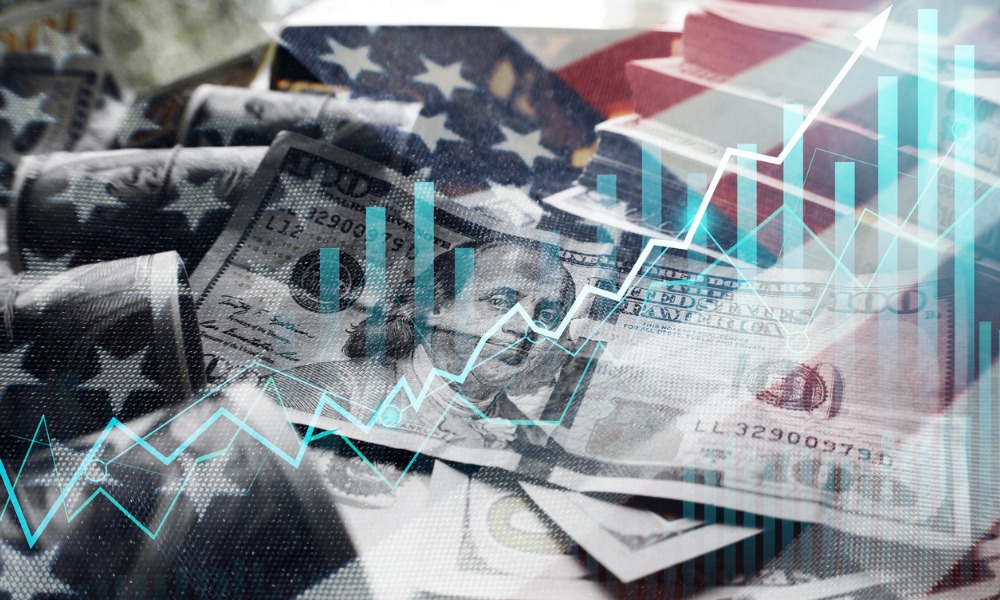

Stocks traded mixed at the end of a week that saw benchmarks in the US and Europe hit records amid optimism over central bank easing and stimulus from China. The yen swung to gains following Japanese election results.
Europe’s Stoxx 600 index edged higher, on track for its best weekly performance since mid-August after the pledges of economic support by China’s leaders drove up luxury and mining stocks. US futures ticked lower after the S&P 500 hit its 42nd closing record this year. The dollar and 10-year US Treasury yields traded flat.
China’s daily announcements, coupled with mounting bets for more interest-rate cuts from the Federal Reserve and the European Central Bank have fanned risk appetite across markets. Traders will be looking out for the Fed’s preferred inflation indicator as well as a snapshot of consumer demand, which may offer further clues on rates after robust revised data Thursday.
Japan’s yen rebounded, climbing 1% against the dollar as Shigeru Ishiba won the vote for leadership of the nation’s ruling party. Ishiba, a party veteran who has served in several senior roles including defense minister, is seen as supportive of the Bank of Japan’s plan to gradually hike rates.
European bond yields and the euro fell, as inflation figures in both Spain and France came in lower than anticipated. That fueled expectations of more decisive rate cuts by the ECB.
“In the next twelve months we still see upside to the European and the US markets,” Nataliia Lipikhina, JPMorgan Private Bank’s head of EMEA equity strategy, told Bloomberg TV. “Central banks are cutting, but at the same time fundamentals remain very strong.”
In China, the CSI 300 Index rallied 4.5%, wrapping up its best week since 2008. The People’s Bank of China unleashed one of the country’s most daring policy campaigns in decades, with Beijing rolling out a strong stimulus package in a push to shore up the slowing economy and investor confidence.
With stock turnover reaching 710 billion yuan ($101 billion) in the first hour of trading Friday, the Shanghai Stock Exchange was marred by glitches in processing orders and delays, according to messages from brokerages seen by Bloomberg News. Copper rallied back above $10,000 a ton and iron ore broke through $100 a ton.
By holding the politburo meeting in September rather than December, China’s leaders sent “a signal that the authorities are willing to take more urgent action to achieve the 5% growth target,” senior analysts including Robert Carnell at ING Groep NV said in a note. “We saw a more aggressive-than-expected policy package from the PBOC this week and it is reasonable to expect other policies will soon follow.”
Elsewhere in commodities, oil steadied after a sharp two-day drop, with prices still on course for a substantial weekly decline on prospects of more supply from OPEC members Saudi Arabia and Libya.
Gold headed for a third weekly gain after setting successive record highs on optimism the Fed will maintain an aggressive pace of interest-rate cuts this year.
Key events this week:
Some of the main moves in markets:
This story was produced with the assistance of Bloomberg Automation.

Relationships are key to our business but advisors are often slow to engage in specific activities designed to foster them.

Whichever path you go down, act now while you're still in control.

Pro-bitcoin professionals, however, say the cryptocurrency has ushered in change.

“LPL has evolved significantly over the last decade and still wants to scale up,” says one industry executive.

Survey findings from the Nationwide Retirement Institute offers pearls of planning wisdom from 60- to 65-year-olds, as well as insights into concerns.
Streamline your outreach with Aidentified's AI-driven solutions
This season’s market volatility: Positioning for rate relief, income growth and the AI rebound
